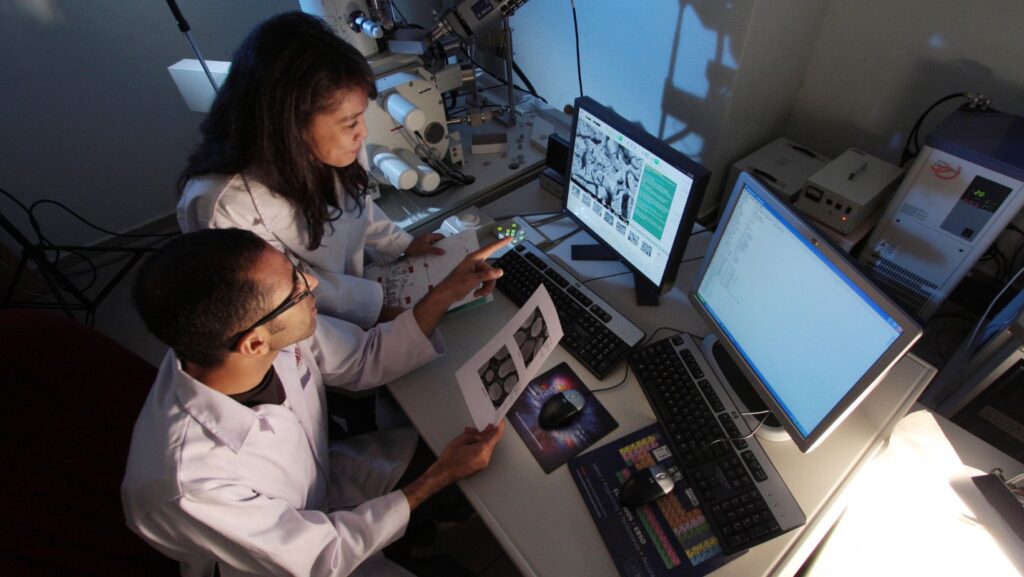The field of brain activity research has evolved exceptionally over the past several years as advances in technology have made it easier to measure and decipher neural signals in real time.
Devices such as the BrainAccess EEG headband provide an exciting enhancement of human brain research tools, offering new ways in which researchers, practitioners, and tech entrepreneurs can unlock the mysteries of the mind. Designed for convenience and quality, the brain wave monitor headband makes it a cinch to gather valuable electroencephalography (EEG) data without the use of bulky lab equipment.
What is EEG Technology?
Electroencephalography, or EEG, is the scientific technique used to measure electrical activity in the brain. Researchers attach sensors to the scalp that measure this activity and create signals indicating brain states. Historical EEG devices were cumbersome, rather large machines requiring professional attachment, and were mainly employed within clinical or educational research settings. Fortunately, technological advancements have minimized the scale of EEG devices and made them more portable and user-friendly.
The Importance of Monitoring Brain Waves
Electrical signals in the brain are prevalent in everything you think, remember, and do. Measuring these brainwaves allows healthcare workers and other practitioners to detect slight changes in cognitive conditions, stress levels, alertness, and even sleep patterns. Here are a few examples:
- Health applications: You can use EEG monitoring to help with brain diagnoses, early disorder detection, and recovery.
- Education and training: Cognitive load monitoring helps educators and trainers understand how humans learn.
- Lifestyle: People can leverage brain-controlled technologies to experience mindfulness, lessen stress, heighten focus, and recover from an intense day.
The burgeoning interest in brain monitoring is one reason why user-friendly headsets are making headlines around the world.
Working with the Neuro Research Devices
Designed for acute neural signal capture without any hassle, the brain wave monitor headset is a sleek, versatile device capable of wireless EEG recording. Wearers can don it for long hours without feeling fatigued, so it’s useful for stimulation studies and personal applications.
Other key features include:
- High data quality: Enables the precise measurement of human brain activity.
- Portability: It’s lightweight, so it’s ideal for fast EEG recording, field studies, or at-home self-science research.
- Interface: Users can easily connect it to a data recording software platform and data storage apparatus.

For developers, it also offers a reference electrode for creating brain-computer interface (BCI) applications, a technology that translates thoughts or brain waves into actions with software or hardware.
Applications in Cognitive Psychology and Beyond
Yet wearability and scientific validation mean capabilities go beyond use in academic settings in cognitive psychology. Some of the use cases include:
Cognitive Neuroscience Research
Researchers can collect research-grade EEG readings outside of labs, providing genuine insights into brain activity in real-world environments. This enables more in-depth research into attention, decision-making, and other aspects of cognition.
Mental Health Diagnosis
Support clinicians in assessing patient emotional states and diagnosing neurological conditions such as anxiety, depression, or sleep disorders. They can take EEG readings over more extended periods in typical day-to-day settings rather than adjusting the patient’s lifestyle to accommodate brief, office-based observations.
BCI (Brain-Computer Interfaces)
While still in the developmental stage, electronic BCI devices enable people to communicate via brain signals. This is a game-changer in terms of assistive technology, especially for people with spinal cord injuries.
Education
Using brain data to measure concentration or focus, educators can customize coursework or training programs to make people learn faster.
A More Accessible Tomorrow
Viable EEG tools need to be democratized. As wearables become more common, designers creating distinctive portable monitoring systems with these viable features might create various breakthroughs in mental health, personalized education, wellness, and human-computer interfacing.

Thinking along these lines emphasizes that wearables aren’t only scientific equipment. Instead, they stimulate how people use technology and encourage further access to mental activity.



